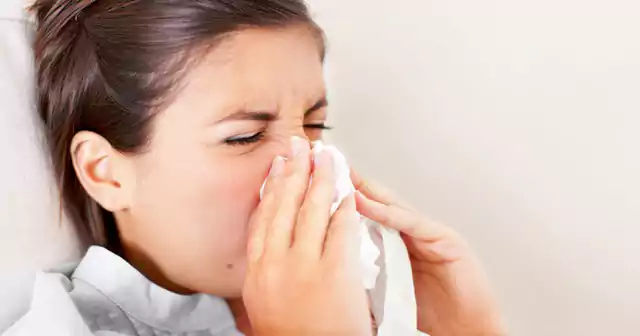A dust allergy (or dust mite allergy) is an allergic reaction to tiny bugs that live in the dust in your house.
About 20 million Americans are allergic to these bugs. When you’re one of these people, you may feel as if you have an endless cold or even asthma.
Dust mites are related to ticks and spiders. But they’re too small to see with the naked eye. They eat your dead skin cells in dust and in places like your bedding, furniture, and carpet.
Medication can help, and you can take simple steps to keep the dust mites away. Allergies happen when your immune system reacts to something like pollen or, in this case, dust mites. When your immune system sees something as harmful, it causes inflammation. That’s why allergies give you symptoms like sneezing and a runny nose, similar to what you might get if you had a cold. If symptoms get really severe or last a long time, they can lead to asthma. The best strategy is to limit your contact with dust and dust mites. To get rid of dust mites in your home, keep their living habits in mind. They prefer temperatures of about 70 F or higher and humidity of 70% to 80%. They can’t survive in colder, drier places. In the U.S., dust mite allergies peak in July and August, when dust mite populations are high because of warm weather. Dust mites like to eat dead skin from pets and humans. You probably shed enough skin a day to feed a million dust mites. Flakes of dead skin in carpeting, beds, and furniture are like tasty snacks for them.
To get rid of dust and dead skin, start in the bedroom. Large numbers of dust mites can gather in mattresses, bedding, and upholstered furniture. Wear a mask while cleaning, too. Clean bare floors often with a damp mop or cloth. Vacuum carpets once or twice a week. Use a vacuum with a HEPA (high-efficiency particulate air) filter. Don’t forget to get under and behind the couch and fridge and between appliances. Consider replacing wall-to-wall carpeting with hardwood or vinyl floors. Wash throw rugs in hot water.Vacuum upholstered furniture such as sofas. Wood, leather, plaster, or metal furniture is better if you have dust allergies. Replace drapes with roll-up window shades. If you must have curtains, wash them in hot water each season. Use a damp cloth to dust so you don’t just move the particles around.Get rid of stuffed animals, soft toys, and other dust collectors. If your child can’t part with something, wash it or put it in the freezer for 48 hours to kill dust mites. Reduce clutter to make your home easier to clean. Use an air conditioner or dehumidifier to lower humidity.










